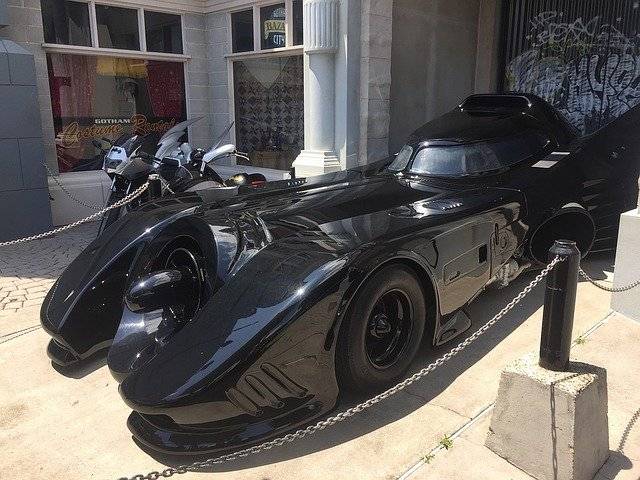The IP dispute discussed in this post pertains to the property of the most beloved superhero. United States Court of Appeals was asked to decide over the copyright and trademark infringement action brought by DC Comics against a maker of Batmobile replicas.
DC Comics, copyright owner of the Batman comic books, brought a law suit against Defendant Mark Towle who was accused of producing replicas of “Batman’s sidekick” Batmobile as it appeared in both the 1966 television show and the 1989 motion picture. These replicas were sold as part of his business “Gotham Garage”. Furthermore, Towle in order to attract attention to his business had used Batmobile’s fame and advertised his replicas as “Batmobile”. Besides this he also used the domain name batmobilereplicas.com to market his business.
In May 2011, DC filed an action against Towle, alleging, among other things, causes of action for copyright infringement, trademark infringement, and unfair competition arising from Towle’s manufacture and sale of the Batmobile replicas. Towle denied that he had infringed upon DC’s copyright. He claimed that the Batmobile as it appeared in the 1966 television show and 1989 motion picture were not subject to copyright protection. Alternatively, Towle argued that DC did not own the copyright in the Batmobile asit appeared in either production.
While deciding this dispute the court looked at whether DC successfully proves that it owns a copyright in the Batmobile, as it appeared in the 1966 television series and 1989 movie, and that Towle infringed that copyright by creating unauthorized replicas. The court while deciding on this question carefully looked at the prevailing legal principles for according copyright protection and various similar cases requiring for character protection of famous works in comic book, television program and motion picture. It went on to say that courts have recognized extension of copyright protection not only to original work as a whole but also to “characters that are especially distinctive”, “sufficiently delineated and displayed and character(s) that are “consistent”, with “widely identifiable traits” , similar to the comic book character contained in the work . Applying these established principles court held that Batmobile fell well within the framework with its consistent, identifiable character traits and attributes. Therefore Batmobile being “sufficiently delineated” can be recognised as the same character whenever it appears. It had “physical as well as conceptual qualities” which made it not a merely a literary character or a stock character. Applying the three-part test, the court concluded that Batmobile is a character that qualifies for copyright protection.
The court further opined that DC comics being the copyright owner has copyright interest in the Batmobile and therefore had exclusive right to “authorise others to prepare derivative works based on their copyrighted works” and the same was not transferred to Towle. Therefore, Towle had infringed upon these copyrights when he produced unauthorised replicas of the Batmobile.
This decision reaffirms the parameters of copyright protection to include not just the work as a whole but also significant characters that are part of the work.
Authored by Bhuvana S. Babu.
Sources: (Full judgement)here



